LIFE
25 Frugal Living Tips We Can Learn From the Amish
Published
2 months agoon

Shutterstock
The Amish have long been admired for their simple, resourceful way of life that prioritizes community and sustainability. Their practices offer timeless lessons in frugal living that can inspire anyone looking to cut costs and live more intentionally. By growing their own food, mending instead of replacing, and resisting the pull of consumerism, the Amish demonstrate that less is often more. Their focus on quality, self-sufficiency, and meaningful relationships creates a lifestyle that is both practical and fulfilling. In this article, we explore 25 frugal living tips we can learn from the Amish, offering insights into how these practices can be applied to modern life.
Embrace Simplicity

Shutterstock
The Amish prioritize simplicity in their lives, focusing on what they truly need rather than indulging in unnecessary luxuries. This philosophy helps eliminate clutter, both physically and mentally, allowing for a more peaceful existence. By resisting consumerism, they save money and avoid wasteful spending. Living simply also helps foster contentment and gratitude for the essentials.
Live Debt-Free

Shutterstock
Debt is not a part of Amish life, as they avoid loans and credit cards at all costs. Instead, they save diligently for purchases, even for large investments like homes or farms. This approach minimizes financial stress and the burden of interest payments. Living debt-free also promotes a sense of financial independence and freedom.
Grow Your Own Food

Shutterstock
Gardening is a cornerstone of the Amish lifestyle, enabling them to produce fresh, organic food. Growing your own fruits and vegetables reduces dependency on grocery stores and saves money. It also ensures a healthier diet, free from harmful chemicals and preservatives. Additionally, gardening fosters a connection to nature and promotes self-sufficiency.
Cook from Scratch

Shutterstock
The Amish avoid processed foods by preparing meals at home using simple, whole ingredients. Cooking from scratch is not only healthier but also more economical. It allows for greater control over ingredients, catering to dietary needs and preferences. Moreover, it encourages family bonding as cooking often becomes a shared activity.
Preserve Food
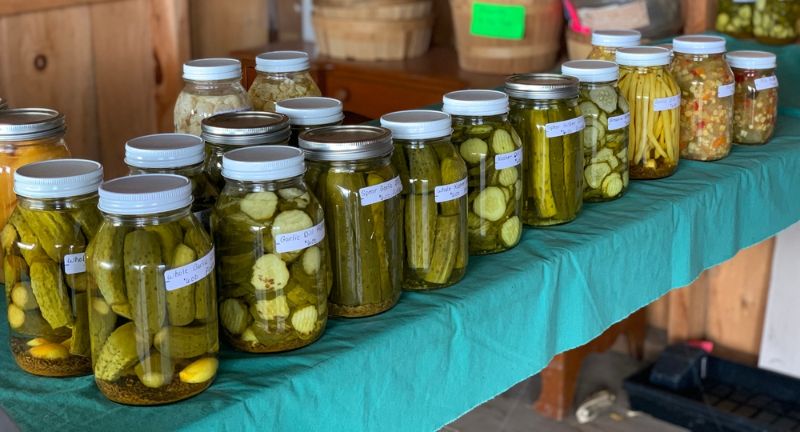
Shutterstock
The Amish preserve food through methods like canning, freezing, and drying, ensuring that nothing goes to waste. These practices allow them to enjoy seasonal produce all year round. Preserving food at home is not only cost-effective but also environmentally friendly. It also provides a sense of accomplishment and security, knowing a stockpile of food is available when needed.
Repair Instead of Replace
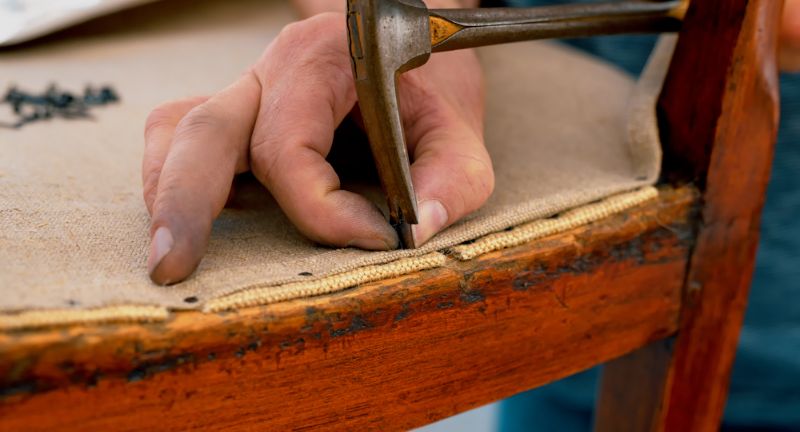
Shutterstock
The Amish value repairing broken items over replacing them, whether it’s clothing, tools, or furniture. This habit not only saves money but also reduces waste, contributing to sustainability. By learning basic repair skills, they extend the lifespan of their belongings. It also fosters a sense of resourcefulness and creativity.
Buy Secondhand

Shutterstock
Purchasing secondhand items is a common practice among the Amish, especially for big-ticket items like furniture and tools. Shopping secondhand provides access to quality goods at a fraction of the cost. It also encourages recycling and reduces environmental impact. This habit teaches the value of appreciating items for their utility rather than their newness.
Make Your Own Cleaning Products

Shutterstock
The Amish often create their own cleaning products using simple, natural ingredients like vinegar, baking soda, and essential oils. Homemade cleaners are not only cost-effective but also free from harsh chemicals. These products are safe for both the environment and household members. Making your own cleaning solutions also reduces reliance on commercial products and their associated costs.
Use Natural Remedies

Shutterstock
Instead of relying on over-the-counter medications, the Amish often turn to natural remedies for minor health issues. Herbal teas, poultices, and essential oils are commonly used for ailments. This approach reduces healthcare costs and reliance on pharmaceuticals. It also connects them to traditional knowledge and the healing power of nature.
Limit Technology

Shutterstock
The Amish minimize their use of technology, which significantly reduces electricity costs. They often use alternative lighting and avoid the latest gadgets. This lifestyle also fosters deeper personal connections, as family time is not interrupted by screens. By limiting technology, they prioritize experiences and relationships over material distractions.
Focus on Family and Community

Shutterstock
The Amish place great emphasis on family and community, finding joy in free or low-cost activities. Social gatherings, shared meals, and cooperative work strengthen bonds without incurring significant expenses. This collective approach also provides emotional support and shared resources. Prioritizing relationships over material possessions leads to a more fulfilling life.
Handmade Over Store-Bought

Shutterstock
The Amish prefer handmade items over mass-produced goods, whether it’s clothing, furniture, or gifts. Crafting their own products not only saves money but also adds personal value and quality. Handmade goods are often built to last, reducing the need for frequent replacements. This practice also provides opportunities to develop and showcase unique skills.
Utilize Public Auctions

Shutterstock
Public auctions are a popular way for the Amish to acquire necessary goods at low prices. Items like tools, household supplies, and even livestock are available at a fraction of retail costs. Auctions also provide a chance to find unique, high-quality items. Participating in these events promotes a sense of community and resourcefulness.
Barter and Trade

Shutterstock
The Amish frequently barter and trade goods or services instead of using money. This system allows them to save cash while obtaining what they need. Trading fosters a strong sense of community and mutual reliance. It’s a sustainable way to meet needs without contributing to consumerism.
Simplify Transportation

Shutterstock
The Amish rely on simple forms of transportation like horse-drawn buggies or bicycles. This eliminates the costs of fuel, insurance, and vehicle maintenance. Even in modern contexts, carpooling or using public transport can significantly reduce expenses. Simplified transportation is both eco-friendly and cost-effective.
Reduce Electricity Usage

Shutterstock
Electricity is often seen as a luxury rather than a necessity in Amish households. They use alternatives like natural daylight and kerosene lamps to light their homes. By reducing reliance on electricity, they significantly cut utility bills. This approach also encourages mindful usage of resources and sustainability.
Minimalist Wardrobes

Shutterstock
The Amish maintain minimalist wardrobes focused on practicality and durability. Their clothing choices are simple, functional, and free from trends. This mindset can inspire anyone to invest in timeless, quality pieces rather than constantly chasing fashion. Simplifying your wardrobe reduces spending and decision fatigue while promoting sustainability.
Plan and Budget

Shutterstock
Financial planning is integral to the Amish way of life, ensuring every dollar has a purpose. They meticulously budget for necessities and avoid impulse purchases. Planning ahead also allows for significant savings over time. This disciplined approach to finances promotes stability and reduces stress.
Use Manual Tools
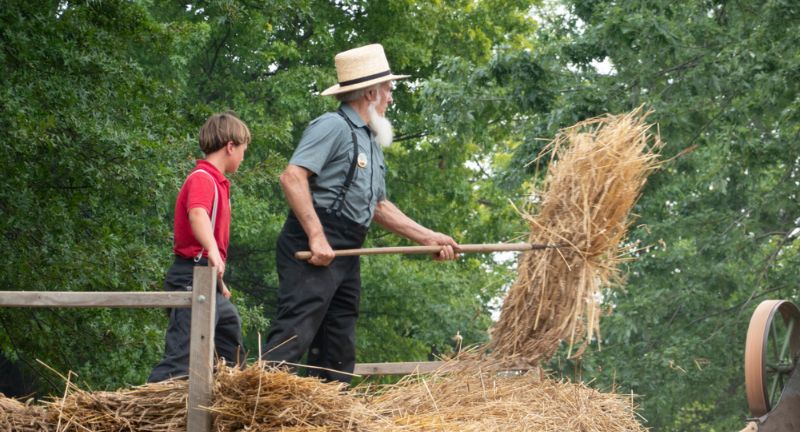
Shutterstock
The Amish favor manual tools over electric ones, saving on energy costs and maintenance. Hand tools are often more durable and require less upkeep. Using manual tools also cultivates patience and craftsmanship. This simple shift can inspire resourcefulness and a greater appreciation for the work involved.
Recycle and Reuse
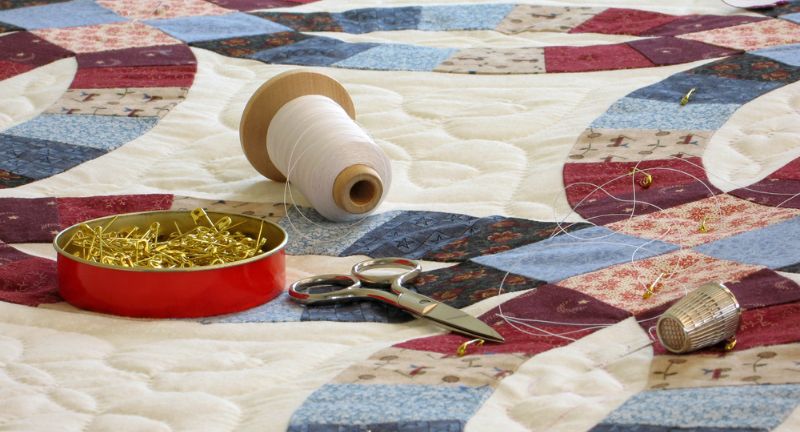
Shutterstock
Recycling and reusing are second nature to the Amish, ensuring minimal waste. They repurpose jars, fabric scraps, and other materials creatively. This not only saves money but also reduces environmental impact. Adopting a reuse mindset can lead to innovative solutions for everyday needs.
Focus on Quality

Shutterstock
The Amish prioritize quality over quantity, investing in durable, long-lasting items. While these products may cost more upfront, they save money in the long run. This approach reduces the frequency of replacements and contributes to sustainability. Choosing quality also fosters an appreciation for craftsmanship and value.
Limit Dining Out

Shutterstock
Dining out is rare for the Amish, who prefer home-cooked meals. Preparing food at home saves significant amounts of money while offering healthier options. Hosting potlucks or communal meals can provide social engagement without the cost of restaurants. This practice emphasizes connection and nourishment over convenience.
Avoid Advertising Influence

Shutterstock
The Amish steer clear of mass media and advertising, reducing the urge to buy unnecessary items. This helps them avoid trends and focus on their true needs. Resisting advertising influence saves money and prevents clutter. It also promotes mindfulness and intentional living.
DIY Entertainment

Shutterstock
The Amish rely on simple, low-cost hobbies like knitting, woodworking, and playing music for entertainment. These activities provide long-term enjoyment without expensive equipment or subscriptions. DIY entertainment also fosters creativity and skills development. Sharing these hobbies with others strengthens bonds and creates lasting memories.
Work Together

Shutterstock
The Amish emphasize community cooperation, such as barn-raisings and group projects. Working together reduces costs and increases efficiency for larger tasks. This collaborative approach fosters a sense of accomplishment and strengthens community ties. Sharing resources and labor ensures everyone benefits and thrives together.
Conclusion
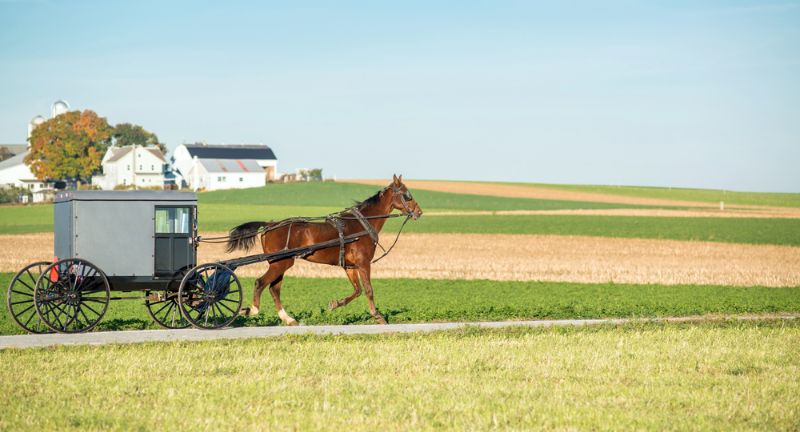
Shutterstock
The Amish way of life provides an enduring example of how simplicity, resourcefulness, and intentionality can lead to a fulfilling existence. By embracing their practices, we can learn to prioritize quality over quantity, reduce waste, and focus on what truly matters. From growing our own food to repairing instead of replacing, these frugal habits not only save money but also foster a deeper connection to our values and the world around us. Implementing even a few of these lessons can transform our lives in meaningful ways. The Amish remind us that a simple life, grounded in purpose, is often the richest of all.
Related Topics:

More From Financially+
-


Here’s How Much Cash You Should Actually Have
-


6 High Stress Jobs (And What They Pay)
-


9 Types of Income The IRS Won’t Tax
-


Things You Need To Stop Wasting Your Money On
-


10 Most Beautiful Places To Retire On Earth
-


9 Small Spending Habits That Add Up To Major Costs
-


Ditch the 9-to-5: 30 Jobs with Flexible Hours
-


Social Security: 4 Ways To Forfeit Or Reduce Your Benefits
-


Leaving the USA? Here’s Your Essential Guide to Moving Abroad